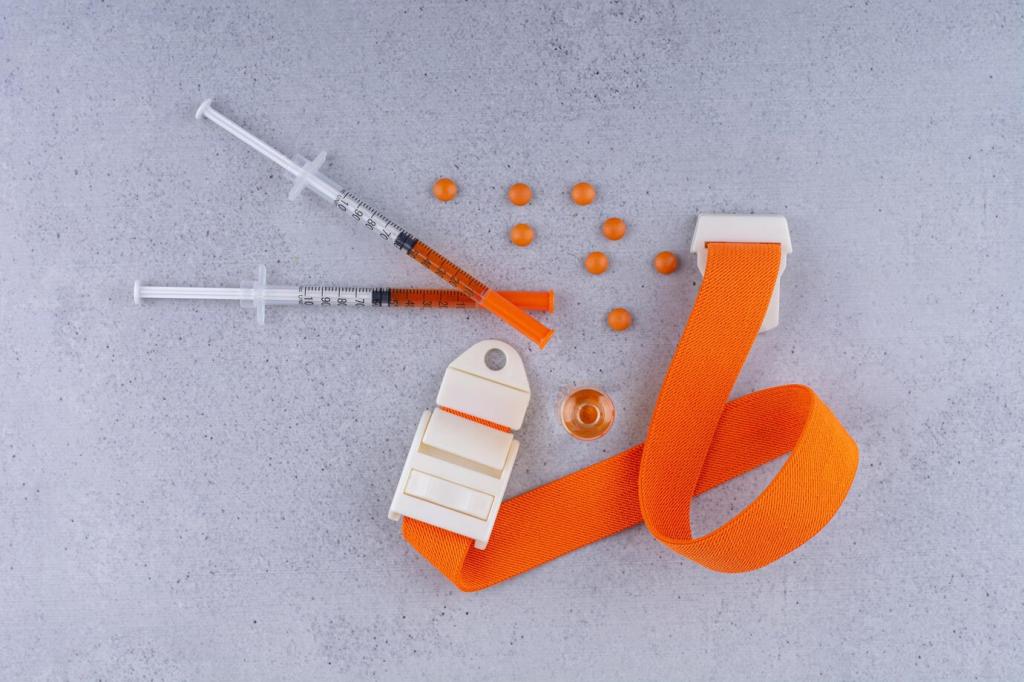Kickoff with Clarity: Project Charters, SIPOC, and Early VoC
Transform fuzzy mandates into a compelling mission by defining problem, goal, scope, timeline, and governance in one page. A sharp charter prevents scope creep, clarifies decision rights, and establishes how success will be measured. Comment with your favorite KPI structure and we will share a curated charter checklist.
Kickoff with Clarity: Project Charters, SIPOC, and Early VoC
A SIPOC diagram helps busy executives grasp the end-to-end process in minutes. By naming suppliers, inputs, process steps, outputs, and customers, you expose hidden assumptions. Invite stakeholders to co-create the SIPOC live; alignment emerges faster than any slide. Share your best SIPOC icebreaker in the discussion.




